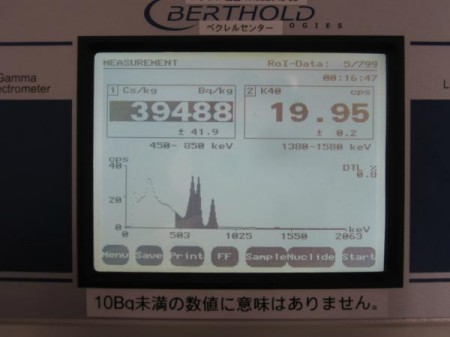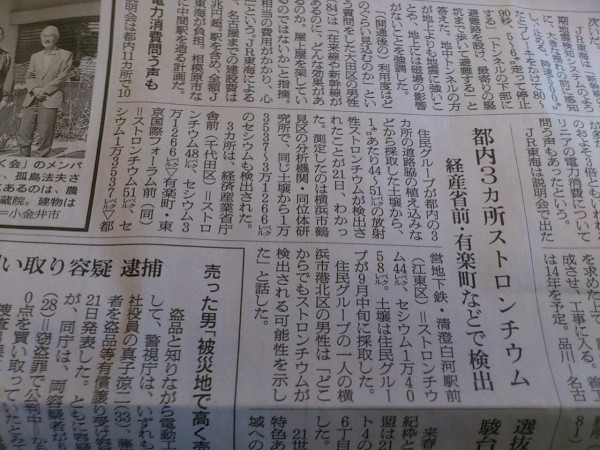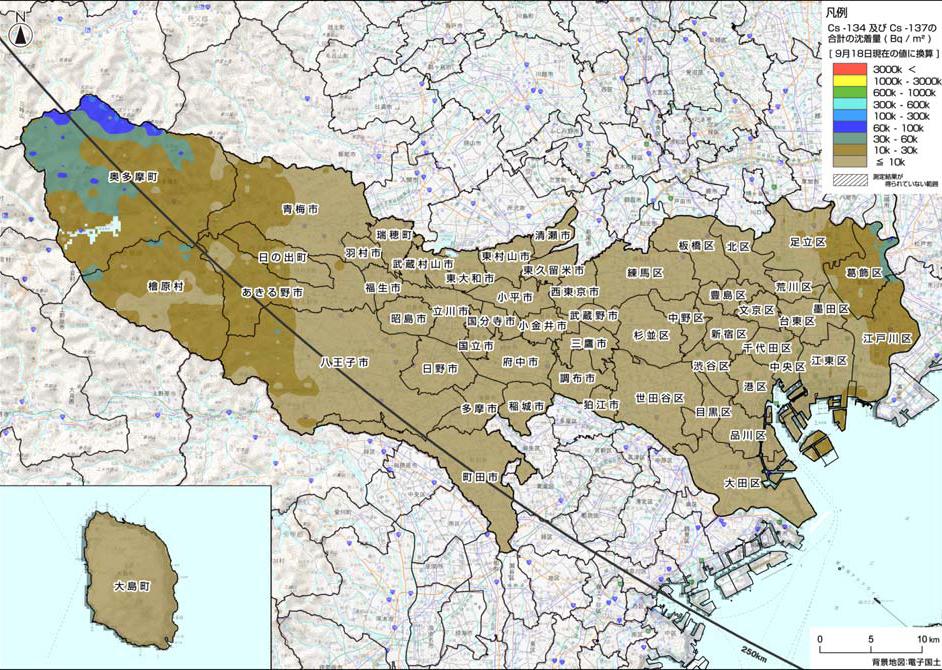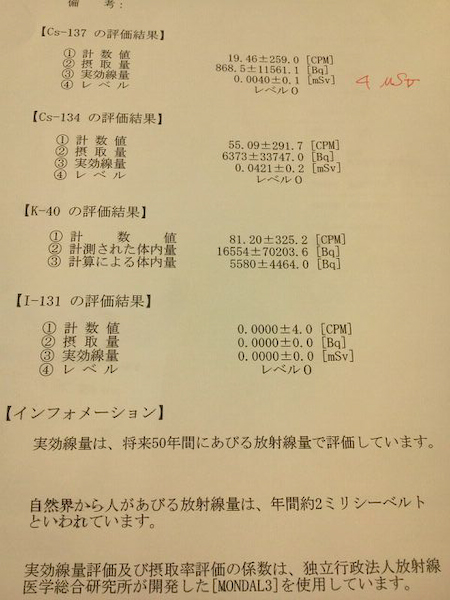Flashback:
– Scientists Detect Plutonium From Fukushima In Lithuania
– Officials: ‘Hot’ materials with 7 billion Bq/kg of cesium found 15 km from Fukushima plant — “Most likely” came from Unit 3 — Over 7,500 Bq/kg of Plutonium and Americium (PHOTOS) (ENENews, Feb 14, 2014):
EXSKF, Feb. 13, 2014: […] four small pieces of debris found at the river mouth in Naraha-machi 15 kilometers from the plant may have come from Reactor 3. […] TEPCO disclosed the result of the analysis of the debris done by Japan Atomic Energy Agency […] TEPCO and JAEA’s conclusion [is that] small pieces of debris came from Fukushima I Nuclear Power Plant, most likely from the Reactor 3 building […] There will be no further analysis whether there is any contribution from MOX fuel […]
Selected radionuclides detected in Sample 3:
- Plutonium-238, 239, 240 ? Am-241 = 7,675 Bq/kg
- Cesium-134, 137 = 7.3 billion Bq/kg
- Cobalt-60 = 1,225,000 Bq/kg




